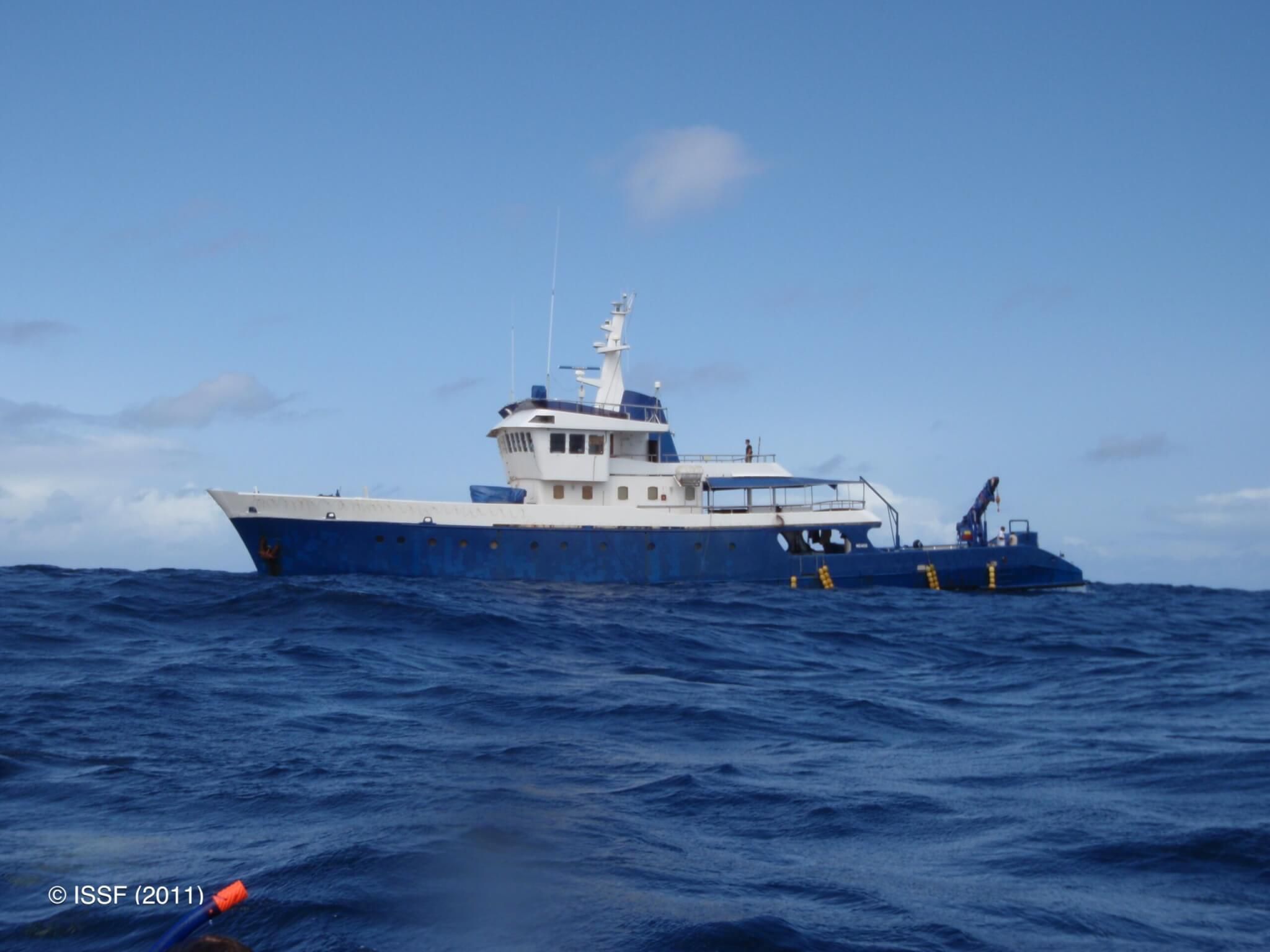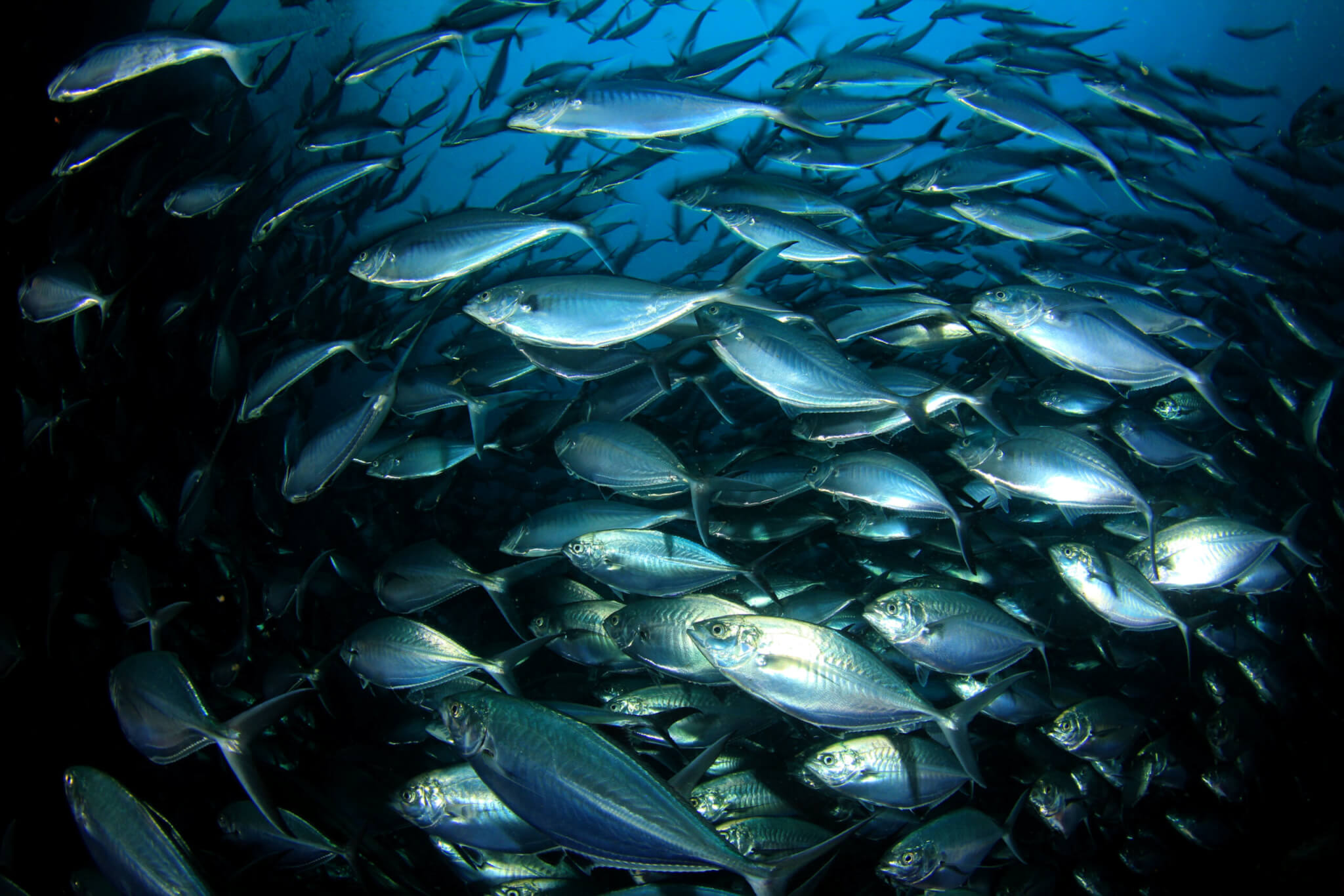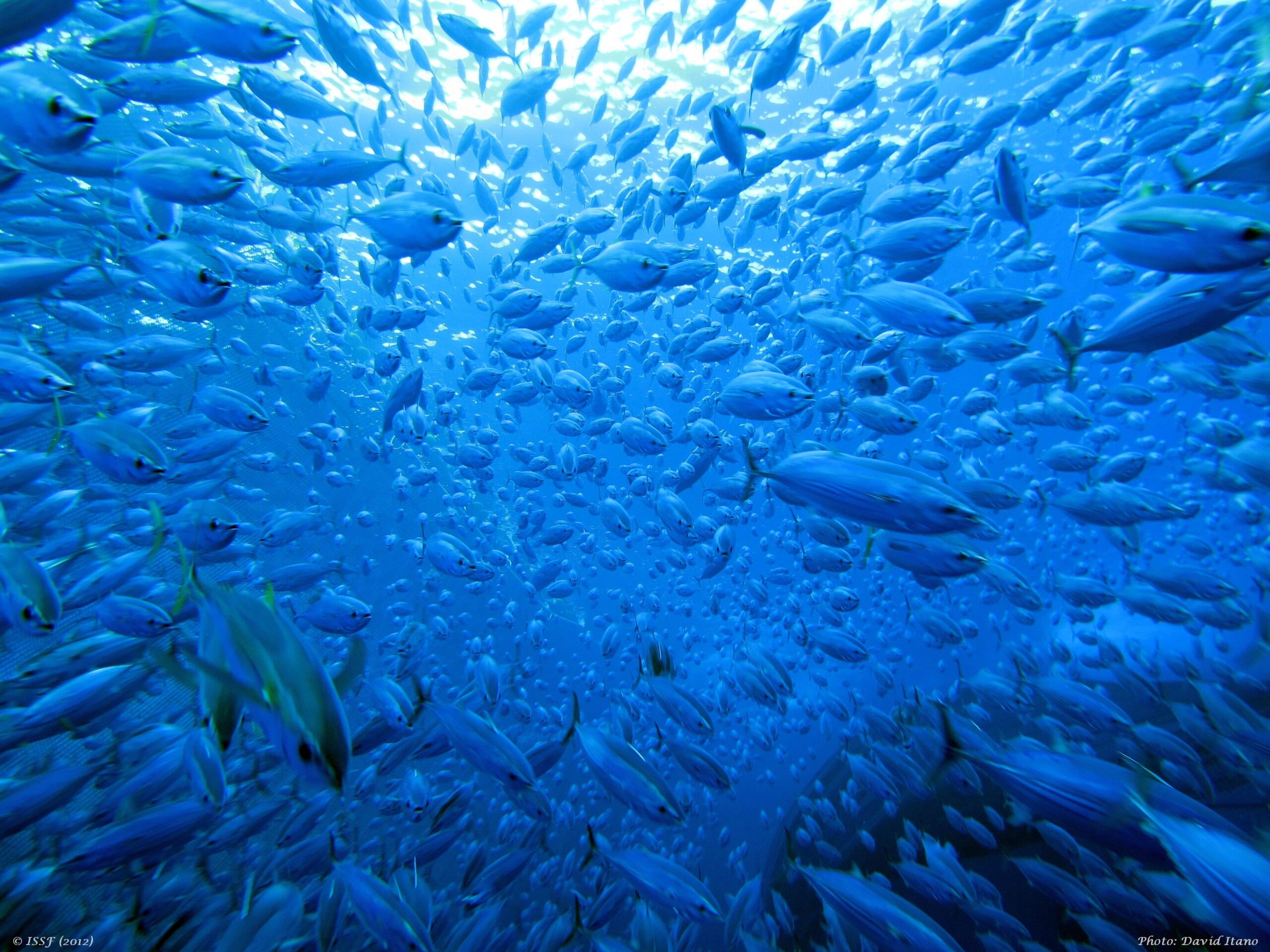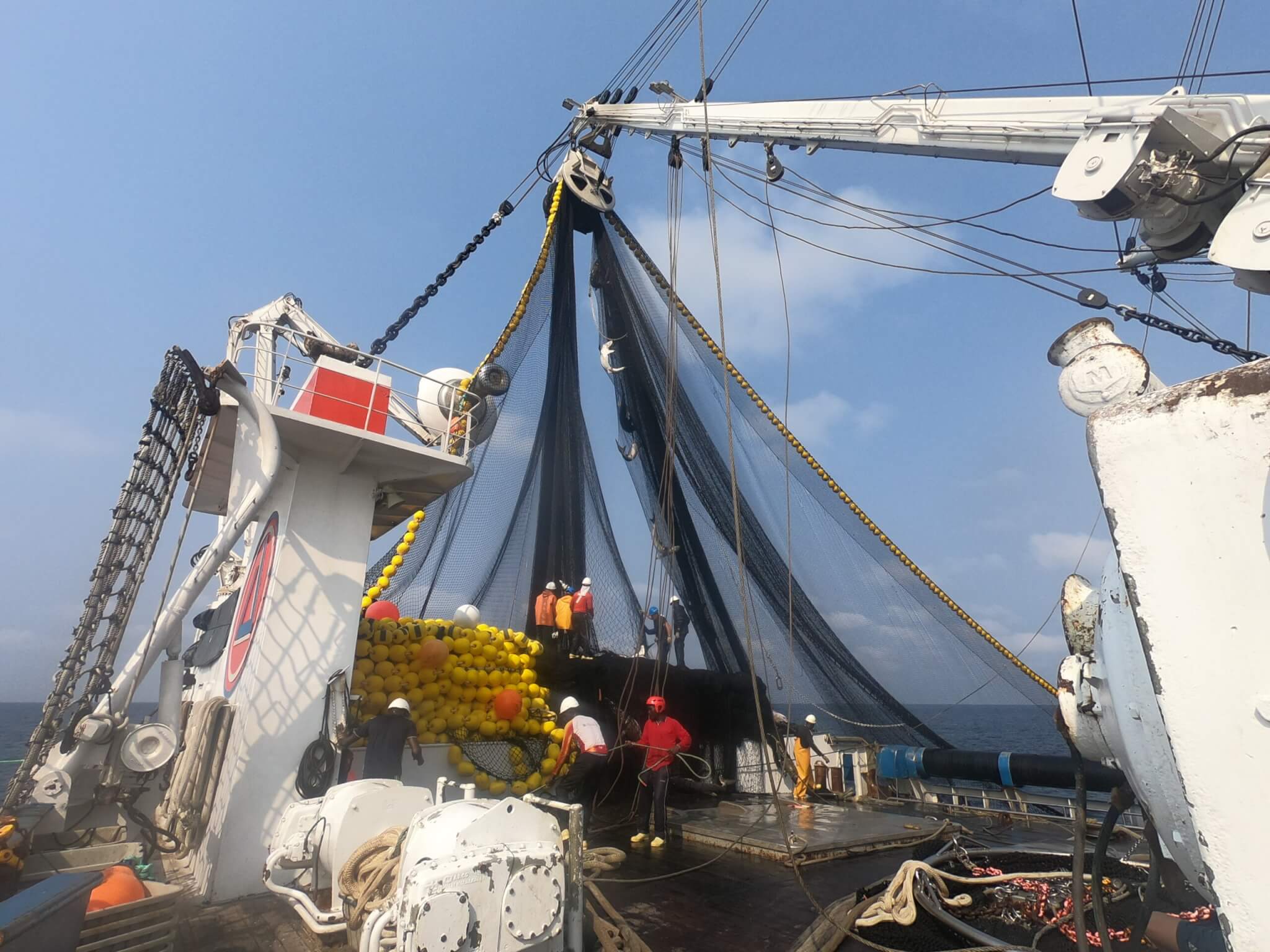
Securing the Future of Eastern Pacific Tuna: ISSF’s 2025 Priorities for the IATTC
The Eastern Pacific Ocean (EPO) is home to some of the world’s most productive tuna fisheries, supplying a vital source of protein to millions of people while sustaining coastal economies across the Americas and beyond. The Inter-American Tropical Tuna Commission (IATTC) plays a central role in ensuring these fisheries are managed sustainably. As delegates prepare for the IATTC’s 2025 Annual Meeting in September, the International Seafood Sustainability Foundation (ISSF) is urging action on a set of science-driven priorities to safeguard the long-term health of tuna stocks and the ecosystems that support them.
The 2025 ISSF position statement emphasizes three interconnected areas: adopting effective harvest strategies; strengthening electronic monitoring (EM) and increasing observer coverage; and implementing science-based tuna conservation measures. Together, these steps can help secure the future of the region’s fisheries, supporting healthy marine ecosystems and responsible resource stewardship
Embedding Harvest Strategies into Tuna Management
Harvest strategies, also known as management procedures (MP), are comprehensive, pre-agreed frameworks that set clear objectives, reference points, and harvest control rules for managing fish stocks. By agreeing on management responses in advance, harvest strategies help remove short-term political pressures from decision-making and keep fishing levels aligned with scientific advice.
IATTC has made progress in recent years, including adopting preliminary target reference points for skipjack, yellowfin, and bigeye tuna. But a complete harvest strategy for any of the tropical tunas has not yet been finalized. ISSF is calling on the Commission to:
- Finalize the Management Strategy Evaluation (MSE) for all tropical tunas, ensuring that management objectives and revised reference points are adopted.
- Accelerate adoption of comprehensive, precautionary harvest strategies for all tropical tuna stocks, so that future management measures are grounded in a tested, science-based framework.
A robust harvest strategy not only provides stability for fishing nations and industry but also ensures that conservation measures — such as seasonal closures or catch limits — are part of a long-term plan, guided by science, rather than a year-by-year negotiation.
Increasing Observer Coverage, including Through the Use of Electronic Monitoring
Comprehensive monitoring is the backbone of effective fisheries management. Without reliable, independently verified data on catch, effort, and bycatch, managers cannot make informed decisions — and compliance with conservation measures is harder to assess.
Currently, IATTC rules require just 5% observer coverage for longline vessels, a level far too low to produce reliable estimates of catch and bycatch, especially for species like bigeye and yellowfin tuna. Small-scale purse seine vessels (classes 1–5) have no observer coverage requirement at all.
ISSF’s 2025 ask is clear:
- Increase observer coverage on large-scale longline vessels to at least an interim 20%, whether through human observers or electronic monitoring in line with IATTC’s recently adopted interim EM standards — and set a timeline to reach 100%.
- Require observer coverage for small-scale purse seine vessels at the same interim 20% level, with the same path toward full coverage.
Electronic monitoring technology, which includes cameras, sensors, and data transmission systems, offers a cost-effective way to expand coverage. The Commission adopted interim EM standards last year. And while further work is needed to operationalize these standards, this tool is available and being used by some fleets. EM technology can play an important role in increasing observer coverage for longline and small scale purse seine fleets. ISSF stresses that achieving 100% coverage for all industrial tuna fisheries is both feasible and necessary to ensure the accuracy of scientific assessments and strengthen compliance.
Science-Based Tuna Conservation Measures
The EPO’s three tropical tuna stocks — skipjack, yellowfin, and bigeye — are currently in healthy condition, according to IATTC scientific advice. This presents an opportunity to refine management measures without compromising stock status, provided safeguards remain in place.
ISSF supports the scientific staff’s recommended adjustments to purse seine fishery closures; specifically, either:
- Reduce the seasonal closure by no more than 10 days, or
- Reduce by no more than 7 days while eliminating the ‘corralito’ closure area
Critically, ISSF emphasizes that any reductions in the closure period should be made within the framework of an adopted harvest strategy and alongside the maintenance of the Individual Vessel Limit and a robust monitoring program. Integrating the Traditional Port Sampling and Enhanced Monitoring Program into a unified Integrated Port Sampling Program (IPSP) would further strengthen data quality and oversight.
ISSF also urges IATTC to adopt a requirement for detailed set-by-set and vessel-specific catch and effort data from longline fisheries. Such data, both historical and current, are essential for developing reliable abundance indices and improving scientific advice.
Why These Measures Matter
The IATTC region is an important part of the global tuna supply. Its fisheries feed millions, provide livelihoods for coastal communities, and support a complex, interconnected seafood economy. But their productivity depends on healthy tuna stocks, thriving marine ecosystems, robust science, and transparent, enforceable management.
By advancing harvest strategies, increasing observer coverage, including through the use of EM, and fine-tuning conservation measures based on the best available science, the Commission can ensure the EPO remains on the path of long-term sustainability. These steps will not only protect tuna populations but also reinforce market and consumer confidence in seafood sourced from the region.
ISSF, alongside industry partners, NGOs, and scientific experts, remains committed to working with IATTC members to make these priorities a reality. The upcoming meeting offers a pivotal opportunity to strengthen the foundation for sustainable tuna management.


